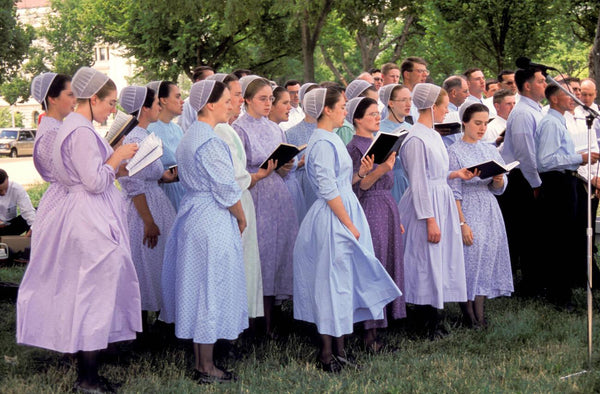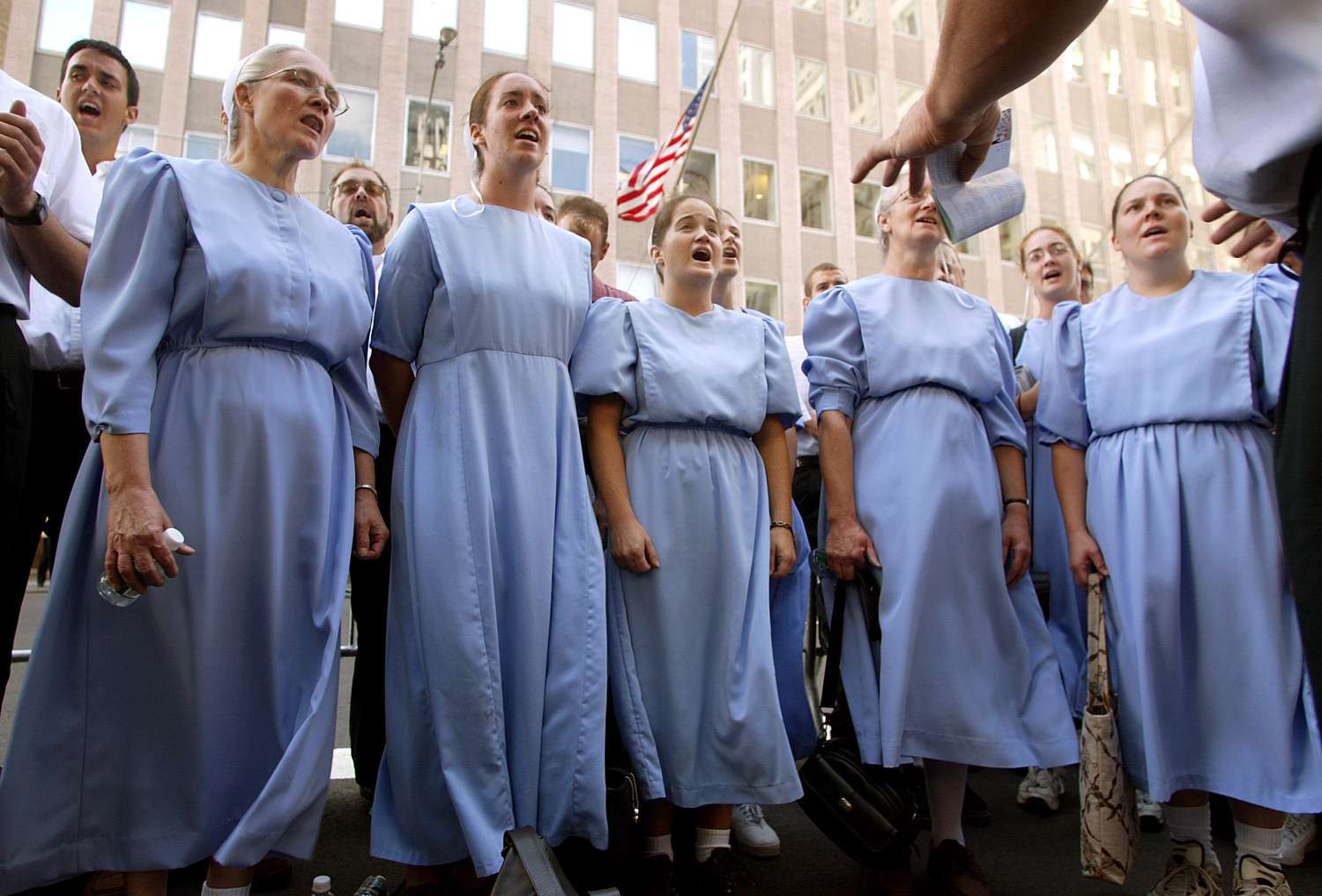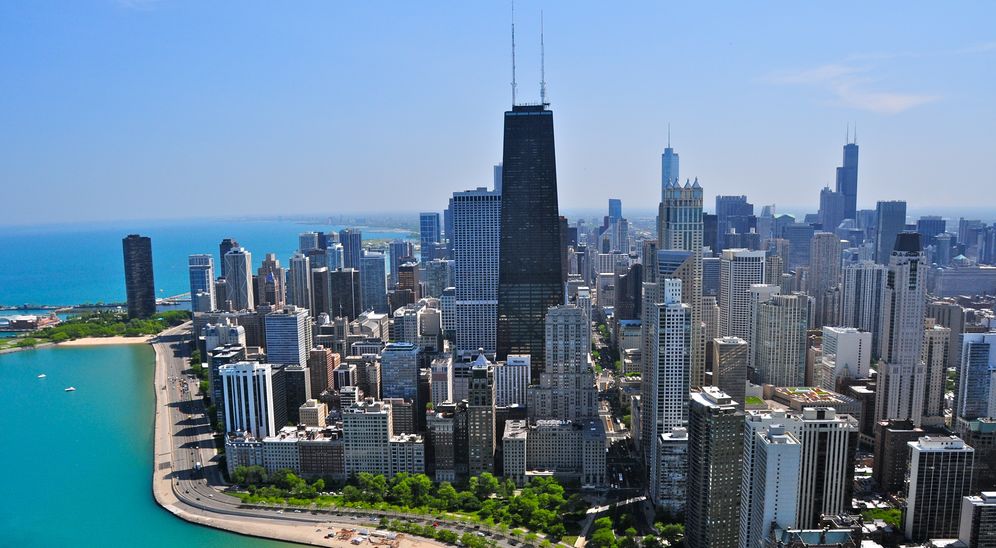Now Reading: Understanding the Difference Mennonite Amish: A Closer Look
-
01
Understanding the Difference Mennonite Amish: A Closer Look
Understanding the Difference Mennonite Amish: A Closer Look

Have you ever seen a horse-drawn buggy on a modern road and wondered about the people inside? Many of us group them together as “Amish,” but that’s only part of a much larger, more interesting story. Both the Amish and Mennonites share a common spiritual heritage, yet they have distinct differences in their daily lives, beliefs, and interactions with the modern world. Exploring the difference mennonite amish reveals a fascinating tapestry of faith, community, and tradition.
This guide will walk you through their shared history, what sets them apart, and how these communities navigate life in the 21st century. From technology and clothing to worship and community structure, you’ll gain a clearer understanding of these unique Anabaptist groups.
Key Takeaways
- Shared Roots: Both Amish and Mennonites originate from the Anabaptist movement in 16th-century Europe, which emphasized adult baptism and separation of church and state.
- The Split: The Amish group, led by Jakob Ammann, split from the Mennonites in 1693 over disagreements on discipline and social avoidance (shunning).
- Technology is a Key Differentiator: The most visible difference mennonite amish is their approach to technology. Old Order Amish groups strictly limit modern technology to preserve community, while most Mennonites adopt technology thoughtfully.
- Diversity Within Groups: It’s crucial to remember that neither “Amish” nor “Mennonite” is a single, uniform group. Both have a wide spectrum of conservative to progressive congregations.
The Anabaptist Roots: A Shared Beginning
To understand the difference between Mennonites and Amish, we must first go back to their common origin: the Anabaptist movement. This movement began during the Protestant Reformation in the early 1500s. While leaders like Martin Luther and John Calvin broke from the Catholic Church, a more radical group felt the reforms didn’t go far enough. These were the Anabaptists, meaning “re-baptizers.”
A core belief of the Anabaptists was that baptism should be a conscious choice made by an adult who confesses their faith. This directly challenged the widespread practice of infant baptism. They also strongly believed in the separation of church and state, pacifism (non-resistance), and living in a community of believers separate from the secular world. Because these beliefs were seen as radical and threatening to both religious and political authorities, Anabaptists were heavily persecuted across Europe. Menno Simons, a former Catholic priest from the Netherlands, became an influential Anabaptist leader, and his followers eventually became known as Mennonites.
The Great Schism of 1693
For over 150 years, the Anabaptist followers of Menno Simons lived and worshipped together. However, by the late 17th century, disagreements began to surface within the community in Switzerland and southern Germany. A minister and elder named Jakob Ammann felt that the church was losing its discipline and becoming too worldly.
Ammann advocated for stricter adherence to their beliefs. He pushed for two major changes:
- Meidung (Shunning): Ammann believed that excommunicated members should be completely socially avoided, even by their own families at the dinner table, to encourage them to repent and return to the church. Other leaders felt this was too harsh.
- Communion: He insisted that communion should be held twice a year, not just once as was the common practice.
These disagreements led to a deep and painful divide. In 1693, Ammann and his followers formally split from the main Mennonite body. His followers became known as the Amish. This historical event is the very foundation of the difference mennonite amish that we observe today.
Technology and Modernity: The Most Visible Difference
The most apparent difference mennonite amish, especially for outsiders, is their approach to technology and modern conveniences. This is where the two groups have diverged most significantly over the centuries.
Amish Views on Technology
The Old Order Amish are famous for rejecting many modern technologies. They avoid owning cars, using public electricity, and having telephones in their homes. This isn’t because they believe technology is inherently evil. Instead, it’s about preserving their community and family life. They believe that things like television, computers, and cars can create distractions, encourage individualism, and weaken the bonds that hold their community together.
- Transportation: The horse and buggy is a symbol of their slower, more deliberate pace of life. It keeps their communities geographically small and close-knit.
- Electricity: By not connecting to the public power grid, they avoid the temptations of modern entertainment and appliances that could pull families apart. Some groups may permit the use of batteries or generators for specific business-related tasks.
- Communication: Telephones are often kept in a shared shanty at the edge of a property for business or emergency use, rather than inside the home where they could interrupt family time.
Mennonite Views on Technology
Mennonites, on the whole, have a much more open approach. The vast majority of Mennonites live lives that look very similar to their non-Mennonite neighbors. They drive cars, use electricity, own smartphones, and participate in higher education and various professions. However, their faith still guides their choices. Many Mennonites emphasize simple living and are cautious about consumerism.
They might ask questions like, “Does this purchase serve a purpose?” or “How does this technology affect my family and my faith?” There are also smaller groups of Conservative Mennonites who dress plainly and limit technology in ways that appear similar to the Amish, which can sometimes cause confusion.
Clothing and Appearance: A Sign of Identity
Another key way to spot the difference mennonite amish is through their clothing, though again, there is great variety.
The Amish Dress Code
Amish clothing is simple, functional, and uniform. It signifies humility and separation from the world. Men typically wear dark-colored suits, straight-cut coats without collars or lapels, and broad-brimmed hats. The style of hat can even indicate which specific community they belong to. Married men grow beards but do not have mustaches, a tradition dating back to their pacifist roots to distinguish themselves from military officers who wore mustaches.
Amish women wear modest, solid-colored dresses, usually with long sleeves and a full skirt, covered by a cape and an apron. They never cut their hair, wearing it pinned up and covered by a prayer covering, or kapp. The color of the covering (black or white) often signifies their marital status.
Mennonite Attire
The spectrum of dress among Mennonites is much broader. Many modern Mennonites dress just like anyone else in contemporary society. However, you will find more conservative groups where plain dress is still practiced. Conservative Mennonite women may wear a head covering, which is often a small, lace-like cap, and dresses in modest styles and colors. The rules are generally less strict than among the Amish, and there is more room for personal variation. This diversity in dress makes it harder to identify a Mennonite simply by their appearance compared to an Old Order Amish person.
Worship and Church Services

While both groups practice adult baptism and prioritize community, their services and church structures differ.
Amish Worship
Amish church services are held every other Sunday in the homes of members, rotating throughout the community. There are no dedicated church buildings. Benches are transported by wagon from home to home for the service. The service itself is long, often lasting three hours, and is conducted entirely in German, specifically a dialect known as Pennsylvania Dutch (or German). Hymns are sung slowly, in unison, and without any musical accompaniment from a centuries-old hymnbook called the Ausbund. The ministers are chosen by lot from within the congregation and serve for life without formal theological training.
Mennonite Worship
Most Mennonite congregations worship in dedicated church buildings every Sunday. Services are typically shorter, similar in length to other Protestant services, and are usually conducted in the local language (like English in the United States). They sing hymns with musical accompaniment, such as pianos or organs, and even have contemporary worship bands in more progressive churches.
Pastors are typically formally trained in a seminary or Bible college. While community is central, the structure of the service is more familiar to outsiders. As some global organizations like https://forbesplanet.co.uk/ report, many faiths adapt their practices over time, and Mennonites have shown a greater degree of this adaptation in their worship styles.
Comparing Amish and Mennonite Practices
This table provides a simple side-by-side look at the general difference mennonite amish. Remember that these are generalizations, and many exceptions exist, especially within the diverse Mennonite world.
|
Feature |
Old Order Amish |
Mainstream Mennonites |
|---|---|---|
|
Technology |
Reject public electricity, cars, modern conveniences. |
Embrace technology thoughtfully; drive cars, use computers. |
|
Clothing |
Very plain and uniform dress; prayer coverings for women. |
Most dress in contemporary styles; some conservative groups wear plain dress. |
|
Language |
Speak Pennsylvania Dutch; High German in worship. |
Speak the local language (e.g., English). |
|
Worship |
In homes, every other Sunday; no instruments. |
In church buildings, weekly; use musical instruments. |
|
Education |
End formal schooling after the 8th grade. |
Value higher education; attend college and universities. |
|
Occupation |
Primarily farming, carpentry, and skilled trades. |
Wide range of professions, including doctors, teachers, etc. |
|
Shunning |
Strict practice of Meidung (social avoidance). |
Generally not practiced or is much less severe. |
Education and Occupation
The groups’ views on formal education and careers also highlight a significant difference mennonite amish. The Amish believe that basic education is sufficient for their way of life. Children attend private Amish schools through the eighth grade, where they learn reading, writing, and arithmetic. After that, their education becomes vocational, learning the trades of their parents and community, such as farming, woodworking, and quilting. This approach prepares them for a life within the Amish world.
In contrast, Mennonites place a high value on education, including higher education. Many Mennonites become teachers, doctors, nurses, social workers, and business owners. They run numerous colleges, universities, and seminaries known for their academic excellence and focus on service and peace. This embrace of education allows Mennonites to engage with and contribute to the wider world in professions that the Amish lifestyle does not support.
Conclusion: Two Paths from a Common Root
The story of the Amish and Mennonites is one of a shared faith that took two different paths. Both groups are rooted in the Anabaptist principles of peace, community, and discipleship. However, a disagreement over 300 years ago about how best to live out those principles created a lasting divide. The Amish chose a path of greater separation from the world, preserving a simple, traditional way of life by limiting technology and modern influences.
The Mennonites chose a path of engagement, seeking to be a positive influence within the world while still holding to their core beliefs. Understanding the difference mennonite amish is not about judging one as better than the other, but about appreciating the rich diversity of faith and culture that stems from a single, courageous movement.
Frequently Asked Questions (FAQ)
Q1: Can an Amish person become a Mennonite?
A: Yes, this happens occasionally. An Amish person who desires more engagement with the modern world, such as owning a car or pursuing higher education, may find a welcoming community in a Mennonite church. The transition is often smoother than joining a completely different denomination due to the shared Anabaptist heritage.
Q2: Do Amish and Mennonites interact with each other?
A: Yes, especially in areas where their communities are located near each other, like Lancaster County, Pennsylvania. They may do business with one another, and in some cases, conservative Mennonites and more progressive Amish (New Order Amish) have similar lifestyles and may interact socially.
Q3: Are all Mennonites conservative and dress plainly?
A: No, this is a common misconception. The vast majority of Mennonites worldwide are culturally indistinguishable from their neighbors. The conservative, plain-dressing Mennonites represent a small fraction of the total global Mennonite population.
Q4: Why don’t Amish men have mustaches?
A: This tradition is rooted in their history of pacifism. In 18th and 19th-century Europe, mustaches were strongly associated with military officers. To clearly distinguish themselves from the military and demonstrate their commitment to non-violence, Amish men grew beards but shaved their upper lip.
Q5: Is the difference mennonite amish mainly about technology?
A: Technology is the most visible difference, but it’s a symptom of a deeper philosophical divergence. The core difference lies in their approach to separation from the outside world. The Amish believe this requires strict physical and cultural separation, while Mennonites believe they can maintain their faith while being actively engaged in broader society.
















